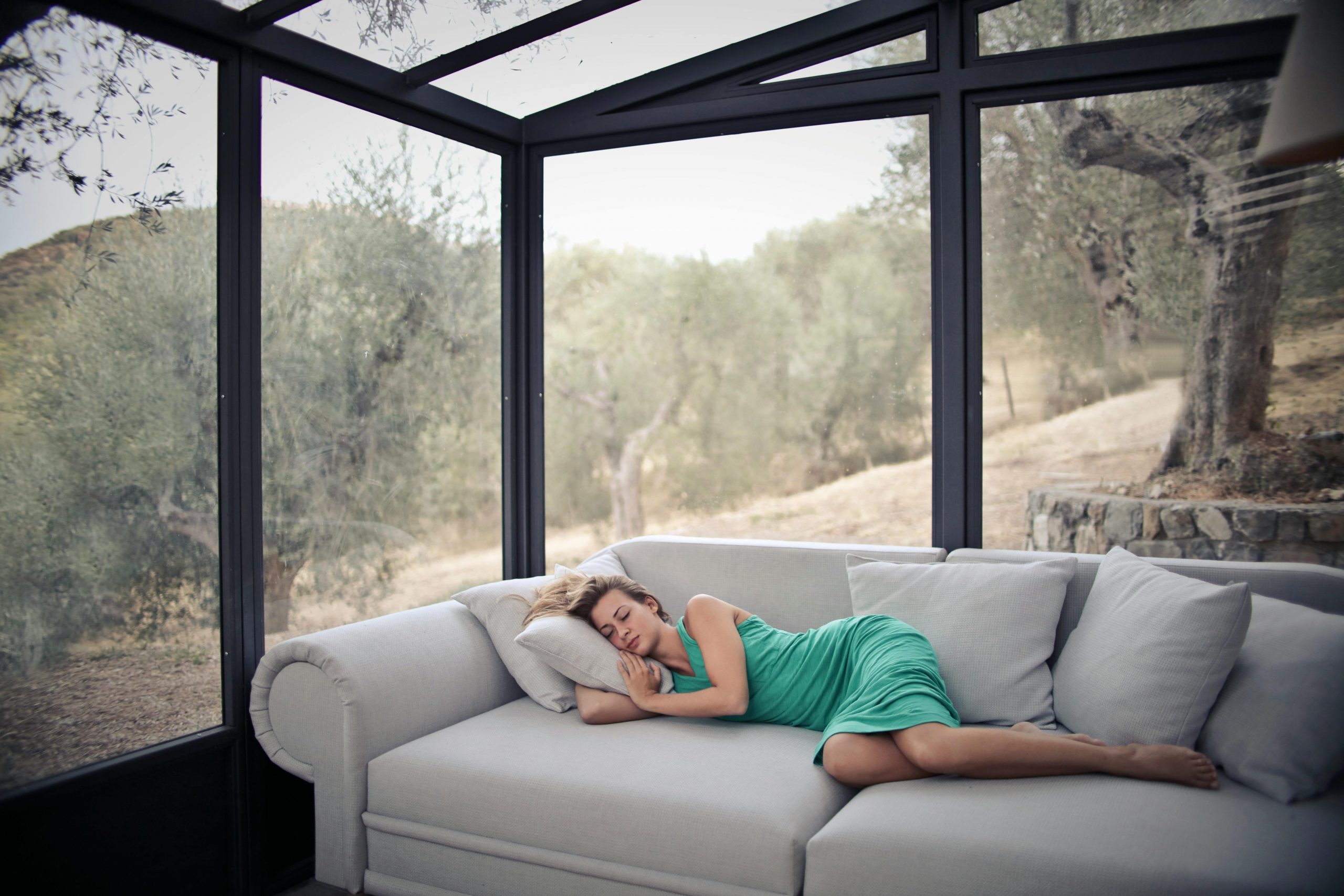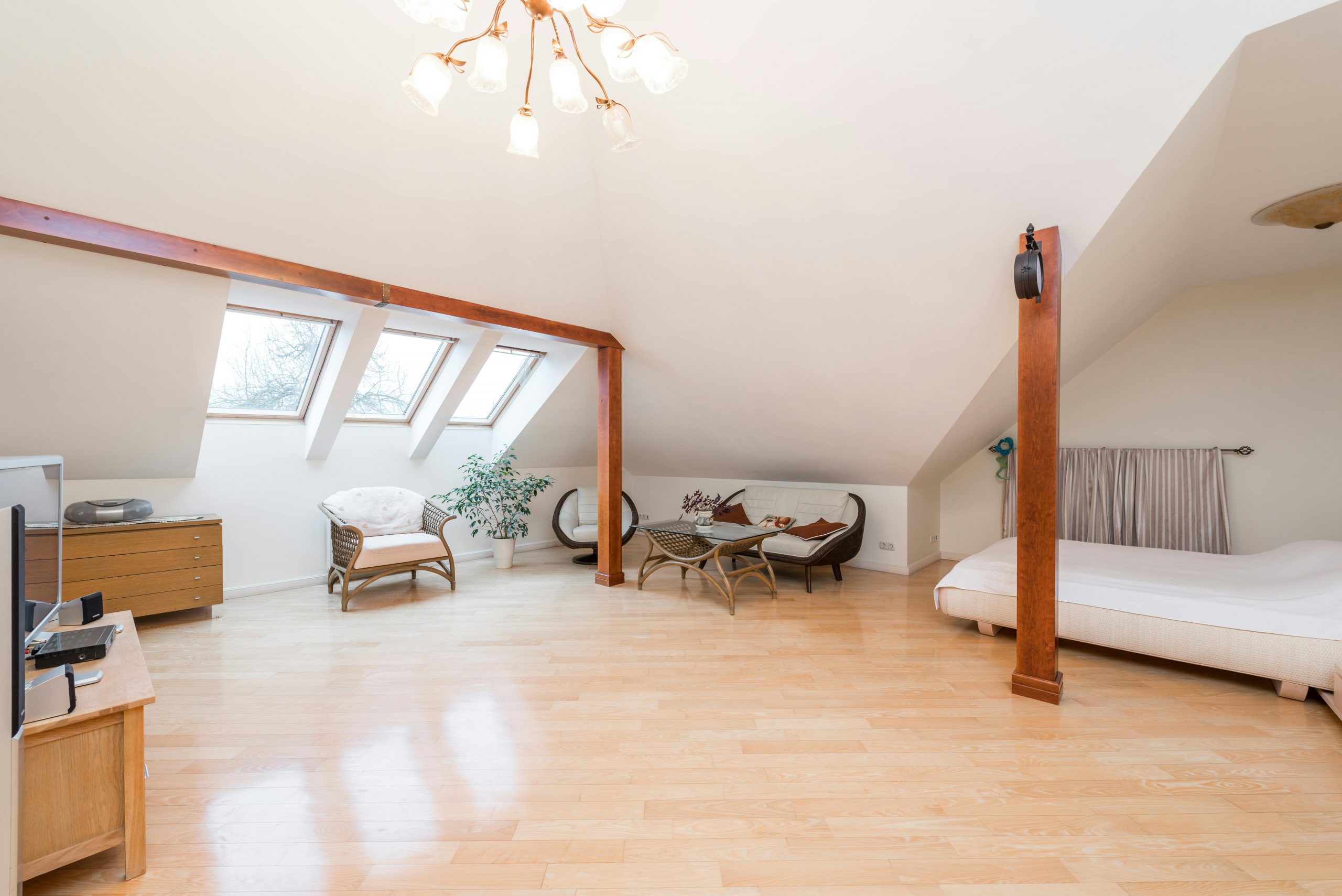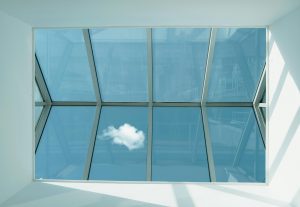Adding a skylight can dramatically change the look and feel of your home. Whether you want to brighten a dark hallway, improve ventilation in a bathroom, or simply enjoy more natural light, skylights offer many benefits. But not all skylights are the same. There are many types, each designed for different uses, looks, and budgets.
In this guide, we’ll walk you through the most popular types of skylights, how they work, what they’re best used for, and how they might impact skylight installation cost. By the end, you’ll know exactly which skylight works best for your home and your needs.
Why Add a Skylight?

Before exploring the types, let’s look at why people choose to install skylights in the first place.
Benefits of Skylights:
- More natural light: Great for rooms with few or small windows.
- Energy savings: Daylight reduces the need for artificial lighting.
- Ventilation: Some skylights open, helping fresh air flow through your home.
- Improved mood & health: Sunlight can improve your mood and boost vitamin D.
- Added home value: Skylights make rooms feel bigger and more attractive.
Now, let’s look at the different kinds of skylights available.
1. Fixed Skylights
What It Is:
A fixed skylight is a sealed window that doesn’t open. It brings in light but doesn’t allow for air circulation.
Best For:
- Living rooms
- Hallways
- High ceilings or areas that don’t need extra ventilation
Pros:
- Affordable
- Energy-efficient
- Low maintenance
Cons:
- No airflow
- Can cause heat buildup if not shaded
2. Ventilated (Vented) Skylights
What It Is:
Vented skylights open either manually or with a remote control. They allow hot air to escape and fresh air to enter.
Best For:
- Bathrooms
- Kitchens
- Laundry rooms
Pros:
- Provides both light and airflow
- Helps control indoor humidity
Cons:
- More expensive than fixed skylights
- Needs regular cleaning and maintenance
3. Tubular Skylights (Sun Tunnels)
What It Is:
Also called sun tunnels, these are small, tube-shaped skylights that channel sunlight from the roof to the ceiling below. They work well in small or tight spaces.
Best For:
- Closets
- Small bathrooms
- Hallways
- Pantries
Pros:
- Compact and affordable
- Easy to install
- Works where traditional skylights can’t fit
Cons:
- Not meant for views or large spaces
- Less light than full-size skylights
4. Dome Skylights
What It Is:
A dome skylight has a curved, bubble-like shape. It’s often made from plastic or acrylic.
Best For:
- Flat roofs
- Commercial buildings
- Sheds and garages
Pros:
- Durable and weather-resistant
- Good drainage on flat surfaces
Cons:
- Plastic domes can discolor over time
- Not as sleek-looking as flat skylights
5. Custom Skylights
What It Is:
Custom skylights are made to fit unique spaces or design preferences. They come in different shapes like triangles, pyramids, or even circles.
Best For:
- Modern architecture
- Large spaces
- Homes with unusual roof shapes
Pros:
- Unique look and feel
- Tailored to your space
Cons:
- Higher skylight installation cost
- Longer wait times and special orders
6. Skylight Windows (Roof Windows)

What It Is:
Technically a type of skylight, a roof window can be opened fully and is usually installed in attics or lofts. Some models can double as emergency exits.
Best For:
- Finished attics
- Lofts
- Bonus rooms under pitched roofs
Pros:
- Great for light and air
- Some allow rooftop access
Cons:
- Only for sloped roofs
- Higher price and more installation complexity
7. Solar-Powered Skylights
What It Is:
These vented skylights use solar power to open and close automatically. Some models include rain sensors that shut the skylight when it starts to rain.
Best For:
- Eco-conscious homeowners
- Homes in areas with lots of sun
Pros:
- No wiring needed
- Energy-efficient
- Hands-free operation
Cons:
- Higher upfront cost
- May not work well in shaded areas
Materials Matter: Glass vs. Acrylic
Skylights are typically made of either glass or acrylic. Each material has pros and cons:
| Feature | Glass | Acrylic |
| Durability | Strong, resists scratching | Lightweight, may yellow over time |
| Insulation | Better energy performance | Less effective at insulation |
| Cost | More expensive | Cheaper |
| Clarity | Clearer view | May distort over time |
Tempered or laminated glass is often recommended for homes because it’s safer and more durable.
Frame Materials
The frame of your skylight affects its lifespan and performance. Common materials include:
- Vinyl: Energy-efficient and low maintenance
- Wood: Great for interiors but needs sealing
- Aluminum: Lightweight and strong, often used for flat roofs
- Fiberglass: Long-lasting and good for extreme climates
Skylight Shapes & Designs
Skylights come in various shapes to match your roof and design style:
- Flat: The most common shape for homes
- Curved/Domed: Often used on flat roofs
- Pyramid: Adds an architectural element
- Circular/Oval: Great for modern spaces
- Ridge or Hip Ridge: Large skylights that run across roof peaks
Each shape has its own look and light coverage, so consider your room’s size and function.
How Skylight Type Affects Skylight Installation Cost
The type of skylight you choose greatly impacts the skylight installation cost. For example:
- Fixed skylights are generally the cheapest to install.
- Vented skylights and solar-powered options cost more due to extra parts and complexity.
- Custom skylights or those with advanced features (blinds, rain sensors, etc.) also come with a higher price tag.
- Tubular skylights are often a budget-friendly option for smaller areas.
On average, skylight installation costs range from $900 to $2,500, depending on materials, size, roof type, and labor.
Things to Consider Before Choosing a Skylight
When picking a skylight, think about:
- Roof type & slope: Some skylights only work on sloped or flat roofs.
- Room use: Do you need just light, or light and airflow?
- Weather conditions: Is your area prone to rain, snow, or hail?
- Budget: Factor in long-term energy savings vs. upfront costs.
- Warranty & installation: Always choose professional installers for safety and to protect your roof warranty.
Final Thoughts
There are many types of skylights to choose from, each offering different benefits. Whether you want a simple fixed skylight for your hallway or a solar-powered vented model for your kitchen, there’s an option to fit your space, style, and budget.
Before making your final decision, talk to a licensed contractor to get an accurate quote and learn more about what works best for your home. Choosing the right skylight can brighten your living space, increase ventilation, and even save you money on energy bills over time.


